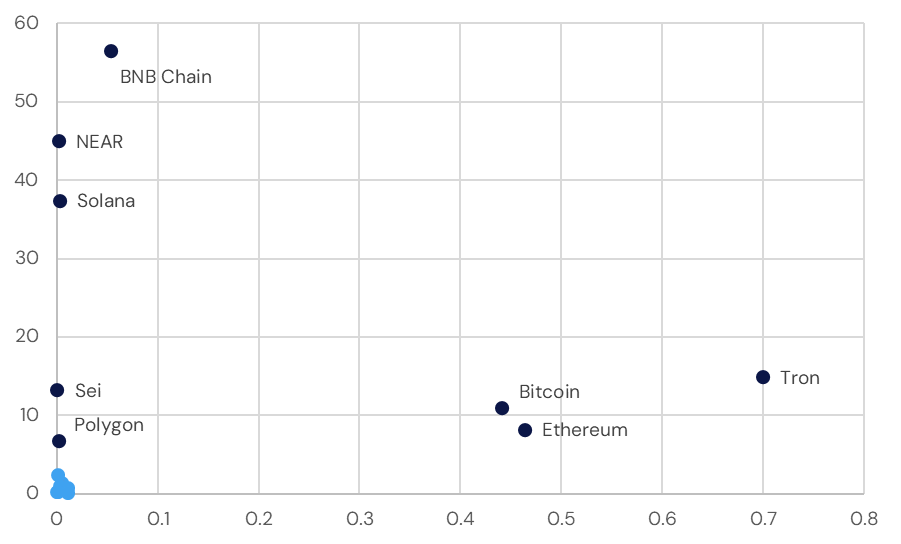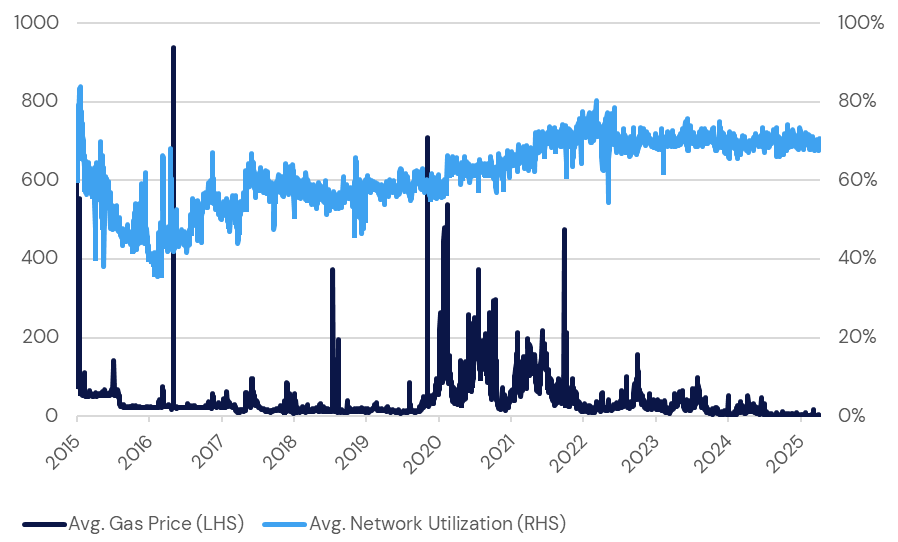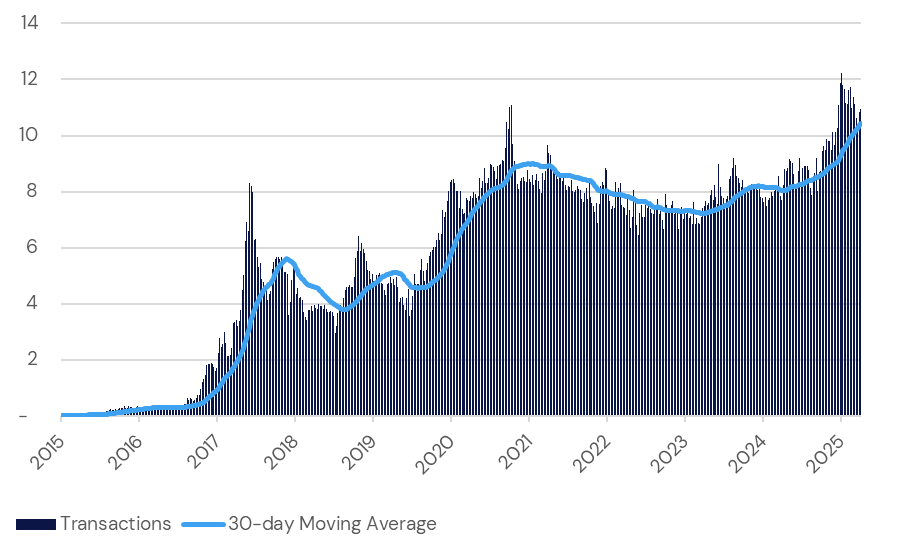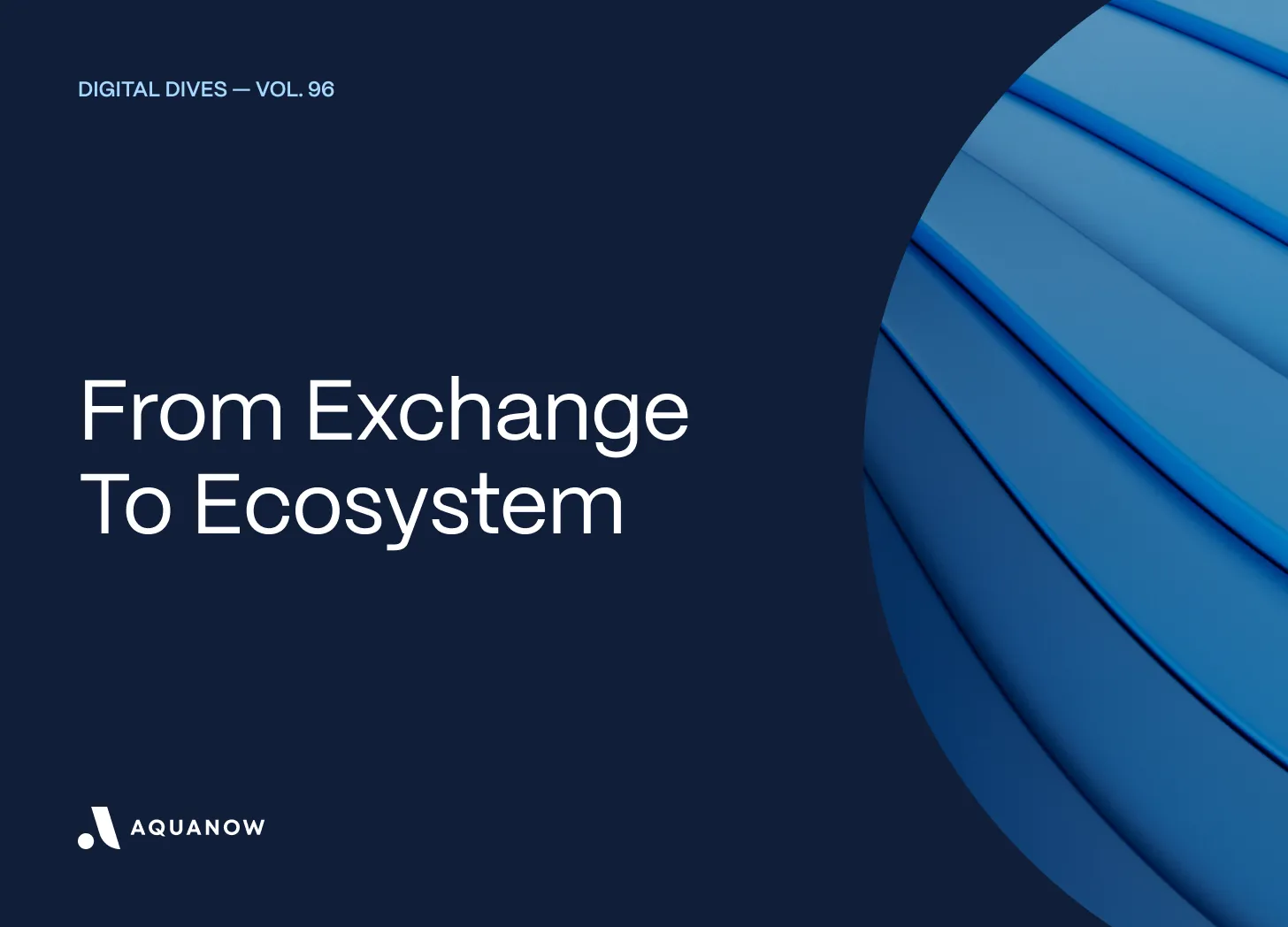In blockchain design, gas fees are often framed as a problem to be solved. High transaction costs are assumed to deter users, limit adoption, and push activity to cheaper chains. At first glance, that logic seems sound: lower friction should lead to more usage. And over the last several years, many blockchain platforms have taken this approach to heart, optimizing for throughput and low fees. Yet in practice, the relationship between fees and usage is not straightforward. Some of the most valuable and widely used blockchains in the world have relatively high transaction levies, while many low-fee chains struggle to retain users or generate lasting economic gravity.
This dynamic reveals something important about why people choose certain blockchains and what types of activity each platform is able to sustain. Gas fees are not only a cost. They are also a reflection of demand, security, and the economic value of settling on a given chain. Understanding this helps explain why Bitcoin, Ethereum, and Tron continue to capture outsized value despite fee levels that would seem prohibitive in a purely transactional sense. It also helps frame why the next stage of blockchain evolution will not be about simply driving gas fees to zero, but about abstracting the expenses while maintaining the economic and security properties that high-fee chains have developed.
Ethereum is at the center of this discussion. It has strong product-market fit in institutional markets and is the settlement layer of choice for decentralized finance, tokenized real-world assets, and a growing number of enterprise applications. But the user experience remains constrained by slow block times, high and volatile gas fees, uneven access to liquidity across networks, and complexity in navigating different execution environments. ETHGas, a company focused on financializing and abstracting Ethereum gas fees, offers an interesting path forward. If successful, it could allow Ethereum to retain the value capture of being a credible global settlement layer while making transaction costs feel invisible. This would position Ethereum not only as a proven decentralized ecosystem, but as a viable institutional-grade financial network.
To see why this matters, it is worth starting with the puzzle at the heart of blockchain transaction economics.
High Fees, High Adoption
Bitcoin, Ethereum, and Tron all have global user bases, large stablecoin flows, and deep liquidity. They also have some of the highest meaningful transaction fees in the market. Bitcoin is used as a settlement asset and monetary network even when median fees reach several dollars. Ethereum transaction costs frequently spike into double-digit dollar amounts, yet it remains the home of the largest DeFi protocols, asset issuance platforms, NFT markets, and tokenized financial products. Tron has positioned itself as a core network for stablecoin transfers, particularly in emerging markets, and regularly settles billions of dollars even though its fees are the highest in the ecosystem lately.
Blockchain MAUs (in millions, y-axis) and Transaction Fee (in USD, x-axis))

The common thread is not price. It is credibility. These networks have established strong social and economic guarantees. They have deep developer ecosystems, large user bases, and cultural significance. They store assets that people are unwilling to risk bridging elsewhere. They have high liquidity and clear market expectations around security.
Gas costs here function more like a premium associated with credible settlement. People are willing to pay to transact on these chains because the value being protected, the trust in the ledger, and the network effects around liquidity outweigh the marginal expense of the transaction.
Low-Fee Chains Without Lasting Gravity
There is a parallel category of blockchains optimized for extremely low transaction costs. These chains focus on high-frequency, low-value activity such as points trading, gaming assets, AI-driven microtransactions, and DePIN reward flows. This activity serves an important role. It drives experimentation and expands use cases. But it has been challenging for many of these chains to build durable user retention, sustained developer ecosystems, or long-term asset value.
The challenge is not simply that fees are low. It is that low fees alone do not create economic lock-in. Liquidity tends to fragment. Users move between applications rather than identifying with the chain itself. And without high-value settlement use cases anchoring the system, it becomes difficult for the network to develop deep financial markets or hold meaningful assets in escrow.
The lesson is that fees are not the root cause of adoption. Users choose chains based on credibility, liquidity, culture, institutional trust, and the types of transactions that the network is perceived as the right place to host.
Ethereum’s Strength and Its Friction
Ethereum sits at a unique point in the blockchain landscape. It is the default settlement layer for programmable value. It has institutional mindshare, audited smart contract frameworks, and established governance culture. It is also significantly slower and more expensive to use than many alternatives.
This is not an accident. Ethereum prioritizes decentralization and credible neutrality, and it continues to evolve through rollups and network improvements to expand its scaling envelope. Still, the user experience for someone interacting with Ethereum directly remains difficult. Gas prices are volatile. Estimating fees can be confusing. For institutions that require predictable cost structures, this is a material risk. For consumer-facing applications, it is a source of friction that prevents onboarding.
Ethereum Gas Fees (in Gwei) and Network Utilization

The question, then, is not how to eliminate gas fees entirely. The question is how to make gas fees manageable, hedgeable, and invisible, while allowing Ethereum to remain the credible center of on-chain financial infrastructure.
This is where ETHGas enters.
ETHGas: Financializing and Abstracting Ethereum Gas
ETHGas is building the market infrastructure required to turn Ethereum blockspace into a predictable and tradable asset. Its approach has several components that work together to improve both user experience and institutional viability.
First, ETHGas provides near-instant transaction confirmations by splitting Ethereum Blockspace into thousands of pieces, and selling those pieces off sequentially. Instead of waiting 12 seconds for a block to be mined, users and applications can receive confirmation in as little as 3 milliseconds. In this context, Ethereum isn’t just the largest, and most diverse blockchain, it also effectively becomes the fastest.
The nuance here is important. ETHGas does not change Ethereum’s block time. What it changes is the certainty and predictability of transaction execution. For financial protocols, high-frequency traders, and institutional settlement systems, this determinism is often more important than raw block speed. ETHGas makes the blockchain feel instant while retaining its security and decentralization properties. Institutions do not require instant finality, but they do need deterministic execution guarantees. ETHGas delivers this without modifying Ethereum consensus.
Second, the platform transforms gas fees into standardized financial instruments. Blockspace becomes something that can be purchased, hedged, market made, and risk managed. Users can pre-purchase gas exposure through tokenized gas units (sGas), which behave like hedged transaction credits. Traders and validators can manage fee volatility in gas futures markets. This turns gas into a predictable budgetable cost, rather than a fluctuating exposure.
Third, ETHGas integrates fee abstraction through paymaster technology, allowing applications to pay gas on behalf of users. An app consumer may transact without holding ETH at all. To the average person, the network becomes gasless.
Finally, ETHGas affects Maximum Extractable Value (MEV) and blockbuilding by shifting incentives from opportunistic extraction to transparent, pre-committed inclusion. When transaction ordering becomes more predictable and economically structured, certain types of MEV become less profitable. The result is a more stable and equitable execution environment.
Ethereum’s Institutional Path Forward
Ethereum is already the most institutionally credible programmable settlement layer. But institutions require speed, predictability, and risk management. ETHGas provides these without compromising Ethereum’s security or decentralization properties.
Imagine the growth that could ensue.
Ethereum Transactions (in millions)

If successful, ETHGas could:
- Make Ethereum transactions feel instant and costless to users
- Allow institutions to hedge fee exposure like any other operational expense
- Reduce liquidity fragmentation across rollups
- Retain more value capture on Ethereum L1 by improving usability rather than offloading demand
- Shift blockbuilding norms toward transparency and predictable inclusion
The broader implication is that Ethereum does not need to become cheap. It needs to become frictionless. The value of Ethereum’s settlement guarantees remains intact. The user simply no longer experiences the frictions that accompany the underlying economics.
Gas is Better When it’s Not in Your Face
Blockchain transaction fees are not a simple barrier to adoption. They reflect trust, settlement assurance, and economic gravity. The most valuable blockchains today are those that users trust to store value and settle transactions of consequence. The goal for the next stage of Ethereum is not to eliminate fees, but to abstract them in a way that preserves the chain’s core strengths.
ETHGas offers a path to do that. By financializing blockspace, enabling instant inclusion, and abstracting costs at the user level, it aligns Ethereum’s economic architecture with the expectations of both institutional and global retail users.
If Ethereum can feel as seamless as a low-fee chain while retaining the credibility of a global settlement layer, it will accelerate its transition from an experimental financial system to foundational infrastructure.




.png)
